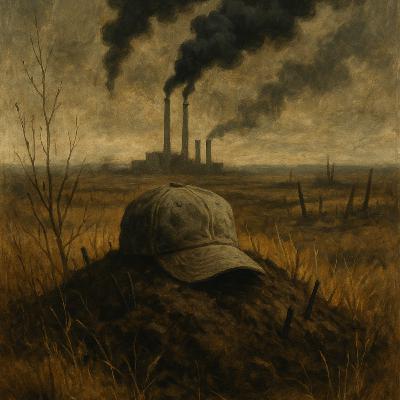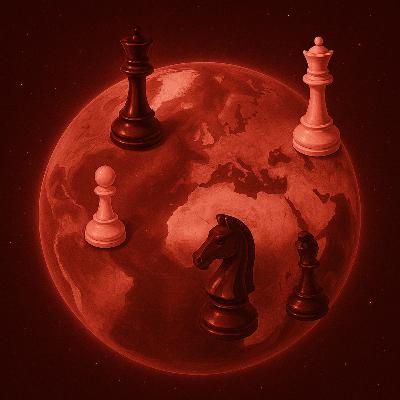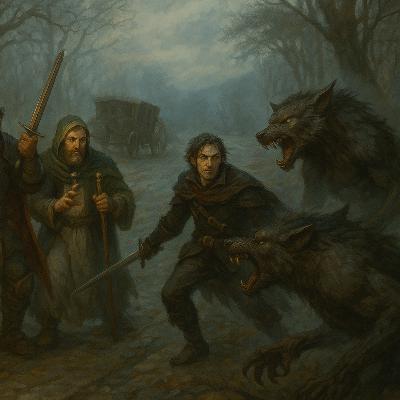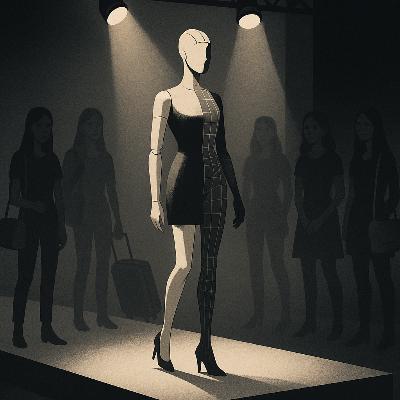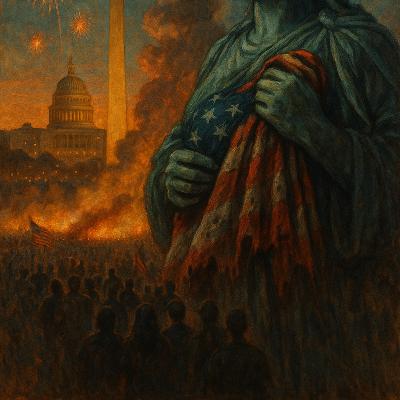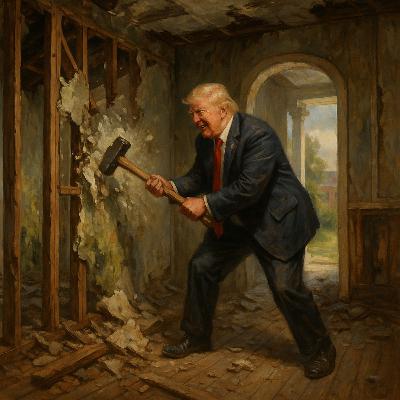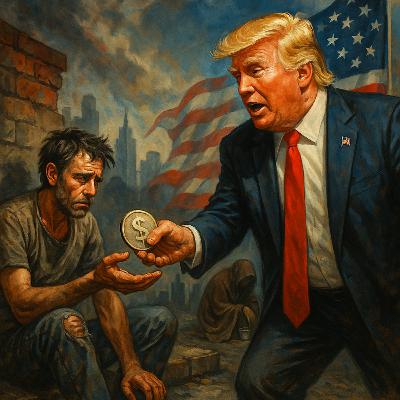Manufactured Dissent
Description
How old ghosts, new lines, and our hungry machines keep us replaying the same pain
Some family stories hum so loudly through the floorboards you never need to tell them out loud. My pop-pop thought he could outrun a ghost when he moved my nana to the end of a dead-end road in Spring Lake, New Jersey — hoping she’d stop drinking if she couldn’t walk to the bar. But the bottle came anyway. The phone line was always there. She’d drink and call people she thought were betraying the family. That’s how ghosts work: you can trap the body, but the pain finds the switchboard.
I grew up with the soundtrack of ice cubes knocking against cheap glasses. Gin, whiskey, hush. My parents carried their ghosts the way their parents did — from Ireland, Budapest, Prague, the Atlantic — each migration another attempt to bury the coal seam deeper. But buried carbon never disappears. It waits. And someone always knows how to stoke it when they need the heat.
This is what I mean by manufactured dissent. It’s not a conspiracy theory about trolls. It’s older than any algorithm. It’s the trick of pulling old grief — real, legitimate grief — back to the surface when it suits a bigger agenda. The trauma is genuine. The switchboard is what makes it dangerous.
Look at Ukraine: the Holodomor — Stalin’s forced famine that starved millions — never went cold. It shaped a whole nation’s suspicion of Moscow. That wound was waiting. The West didn’t invent it, but knew exactly how to stoke it: promise “Never Again,” promise safety, promise revenge. And the carbon burns twice — once when it happens, again when it’s hooked up to a pipeline.
Same story in Hawaii. The kingdom was stolen, the lands seized, the monarchy overthrown — real, raw memory buried under generations who mostly carried it in uncle-and-auntie stories, quiet anger, backyard beers. Now, that old coal seam is stoked again. Hashtags, TED talks, Duolingo lessons. Meanwhile, the rent climbs, the kids move away, and the ghost sells nicely for soft power points while the real problem festers.
This isn’t blame. It’s confession. I quit drinking in 2020, but the hum never left my house. It just moved from glass to fridge to late-night scrolling. The ghost wants you to dial out. Someone always wants to pick up the other line.
It’s the same with the Shoah. The Holocaust didn’t just scar history — it etched a commandment: Never Again. That moral line holds. But it’s also stoked, sometimes by the same people who’ll sell fear like fuel: politicians, arms dealers, settlers, true believers. The wound stays open because the machine needs it.
None of this means the grief should be forgotten. It means you need to see the switchboard. Not every ghost wants to be a billboard. Some want a grave. Some want a witness. Some want silence. The hinge is knowing the difference before someone sells you to yourself.
May you watch your floorboards. May you guard your line out. May you drink your own story, not the cheap boxed wine your enemies would brand for you. The ghost never dies — but you don’t have to keep stoking it for someone else’s war.

